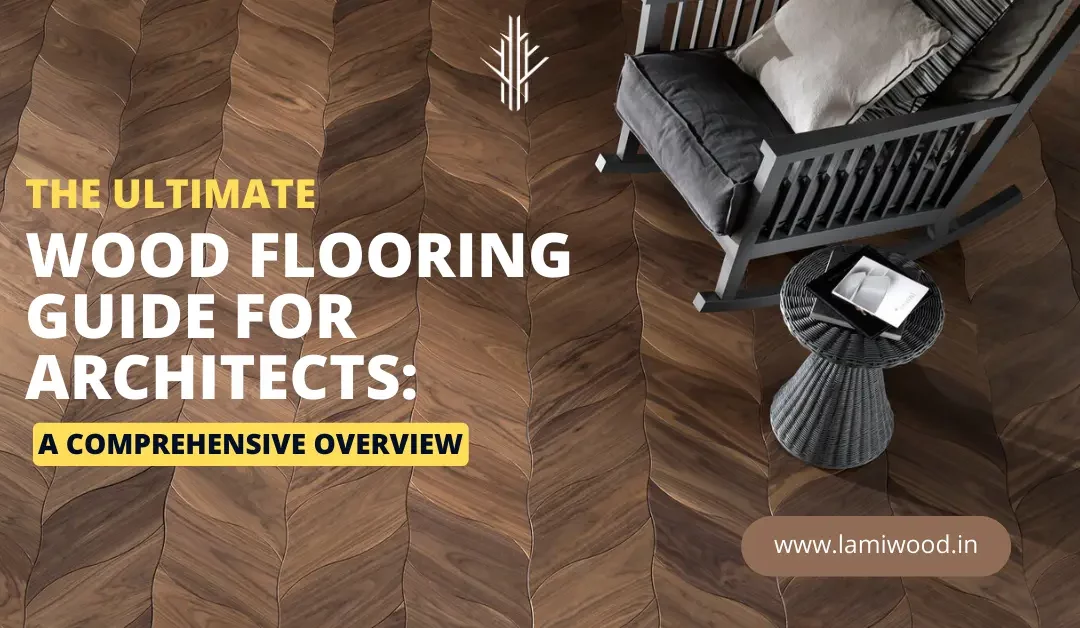Flooring is an essential component of any building, and architects play a critical role in selecting the right flooring material for their projects. As an architect, one of the primary role is to specify the appropriate materials for your projects. When it comes to flooring, Wood flooring has been a popular flooring choice for centuries, and it’s not hard to see why. The natural warmth and beauty of wood flooring adds a timeless elegance to any space.
However, with so many types of wood, finishes, and installation methods to choose from, it can be overwhelming for architects to navigate the world of wooden flooring. This guide aims to provide a comprehensive overview of wooden flooring for architects, covering everything from types of wood to installation methods.
Hardwood Flooring
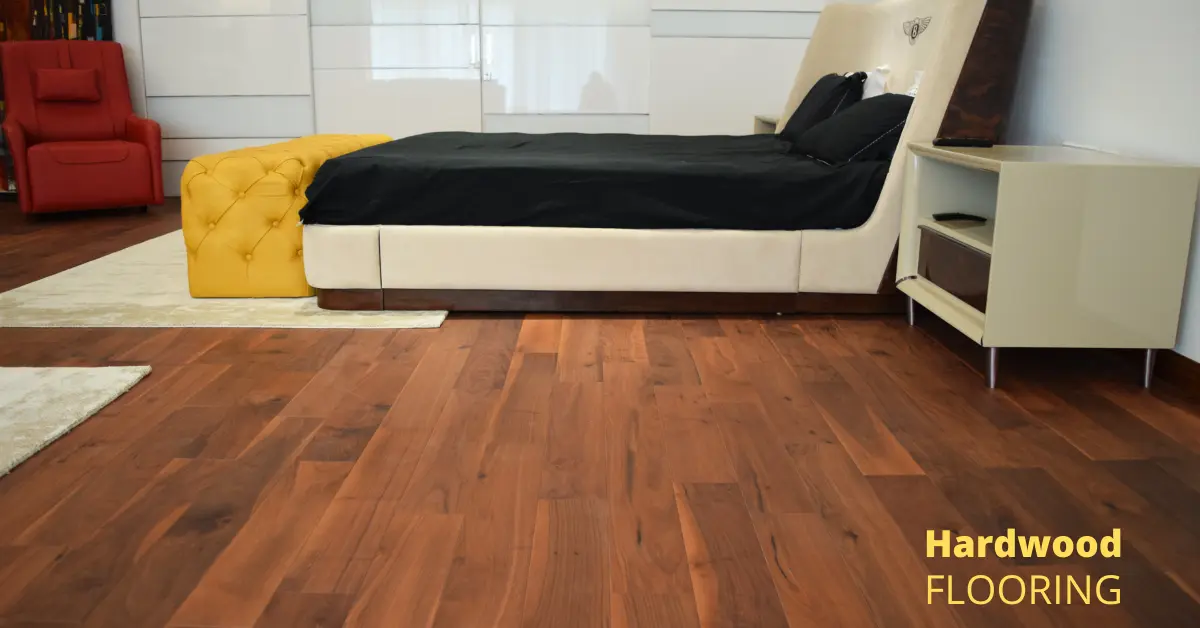
Hardwood flooring is a classic and timeless option for architects who are looking for a high-end, luxurious flooring option. It is made from solid pieces of wood, typically oak, maple, or cherry, that are cut into planks and then installed over a subfloor. Each piece of hardwood has a unique grain pattern and texture, which can add warmth and character to any architectural design. It also comes in a wide variety of finishes and stains, from light natural hues to dark, rich tones.
In addition to its aesthetic appeal, hardwood floors are also highly durable, long-lasting, resistant to scratches, dents, and stains, making it an ideal choice for high-traffic areas. Hardwood flooring can also be sanded and refinished multiple times over its lifespan, which can help to extend its durability and lifespan. Added benefit of hardwood flooring is its versatility. It can be installed in a wide variety of architectural styles, from traditional to contemporary, and can enhance the design of any space. Hardwood flooring can also be customized with unique patterns, such as herringbone or chevron, to create a truly one-of-a-kind look. Overall, hardwood flooring is an excellent choice for architects who are looking for a luxurious, durable, and visually appealing flooring option that can add value to any project.
Engineered Wood Flooring
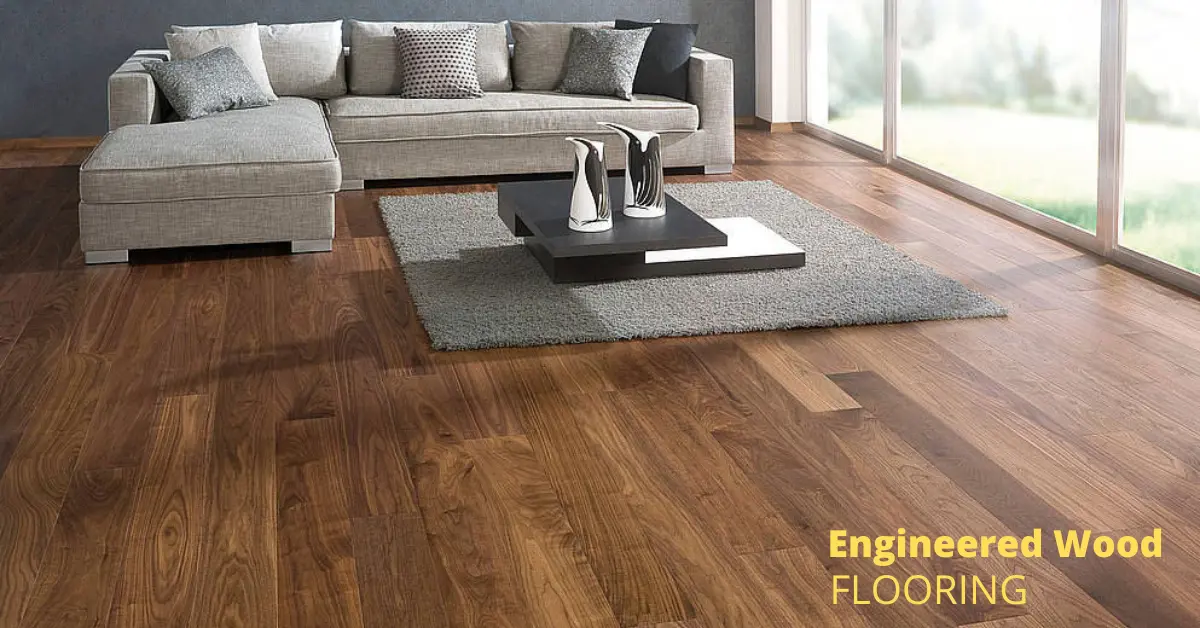
Engineered wood flooring is a type of flooring made up of multiple layers of wood, with the top layer being a visible hardwood veneer. The underlying layers, known as the core, are typically made of plywood, high-density fiberboard (HDF), or a combination of both. The layers are bonded together using heat and pressure, resulting in a stable and durable flooring material.
Architects often choose engineered wood flooring for its versatility and aesthetic appeal. The top layer of hardwood veneer can be selected from a variety of species, each with its unique grain pattern and color. This allows architects to customize the flooring to match the design style of the space. Engineered wood flooring is also a practical choice for architects because of its durability. The layered construction provides stability and resistance to moisture, making it suitable for installation in areas with high foot traffic or exposure to moisture. It is also less prone to expansion and contraction due to changes in temperature and humidity compared to solid wood flooring. In terms of installation, engineered wood flooring can be installed using a variety of methods, including glue-down, nail-down, or floating installation. This flexibility in installation allows architects to choose the most appropriate installation method for the specific application. Overall, engineered wood flooring is a versatile and durable flooring option that provides architects with a range of design possibilities while also meeting practical requirements for durability and stability.
Bamboo Flooring
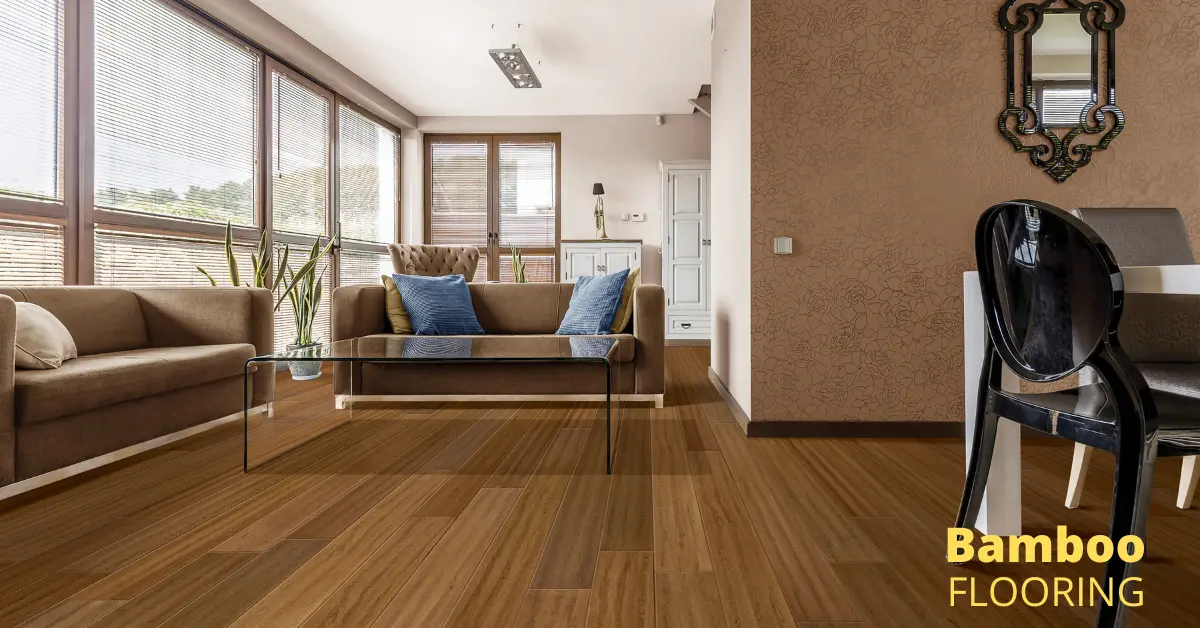
Bamboo flooring is made from a fast-growing grass and is an eco-friendly alternative to traditional wood flooring. This type of flooring is durable and has a unique look that can add a touch of exoticism to any space. It has a unique, contemporary look that is both stylish and versatile. It comes in a variety of colors and textures, ranging from light, natural hues to darker, more exotic shades. The natural grain patterns and knots in bamboo add to its visual appeal, creating a distinct look that can enhance any architectural design.
In addition to its aesthetic appeal, bamboo flooring is also extremely durable and long-lasting making it an ideal choice for high-traffic areas. Bamboo flooring is also easy to maintain and clean, requiring only regular sweeping and occasional mopping.
Another benefit of bamboo flooring is its affordability. It is generally less expensive than other hardwood flooring options, making it a cost-effective choice for architects who are working with a tight budget.
Laminate Flooring
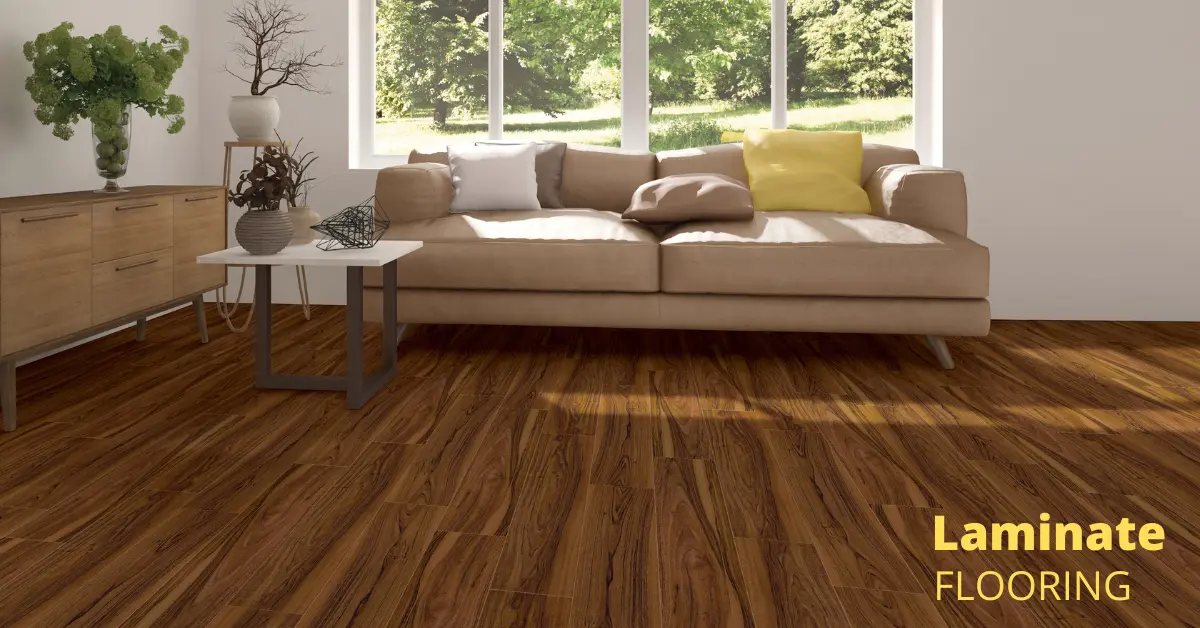
Laminate flooring is a popular and affordable flooring option that mimics the look of hardwood, stone, or tile. It is made by laminating several layers of synthetic material together and can be installed over most existing floors. Laminate floors are durable, easy to maintain, and resistant to scratches and stains. They are ideal for high traffic areas and homes with pets and children.
Vinyl Flooring
Vinyl flooring is a resilient flooring type made from PVC (polyvinyl chloride) resin. It is available in a wide range of styles and colors, including wood, stone, and tile looks. Vinyl flooring is durable, water-resistant, and easy to clean, making it a great option for kitchens, bathrooms, and other high-moisture areas. It is also more affordable than hardwood and engineered wood floors, making it a popular choice for those on a budget.
Ultimately, the choice of wooden flooring will depend on the specific needs and preferences of each project. As a architect, it is important to carefully consider factors such as sustainability, durability, aesthetics, and budget when selecting wood flooring for a project. By taking these factors into account, architects can ensure that they select the best wood flooring option to enhance the design and functionality of any space.
If you’re an architect or interior designer searching for a reliable and high-quality wooden flooring solution for your projects, then Lamiwood Floors is the perfect fit for your needs. From luxurious hardwood flooring to cost-effective laminate options, Lamiwood Floors have everything you need to create a stunning and stylish interior design. Our team of flooring experts can guide you through the selection process, helping you choose the right type of flooring to suit your budget, design style, and functional requirements. So, if you want to give your clients the best in wooden flooring solutions, connect with Lamiwood floors today and experience the difference that their high-quality products and services can make to your projects!

